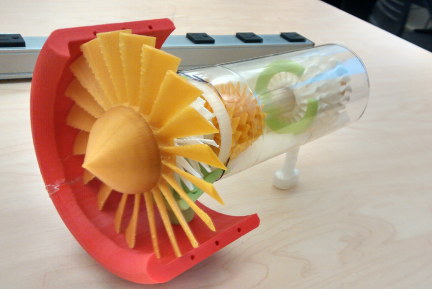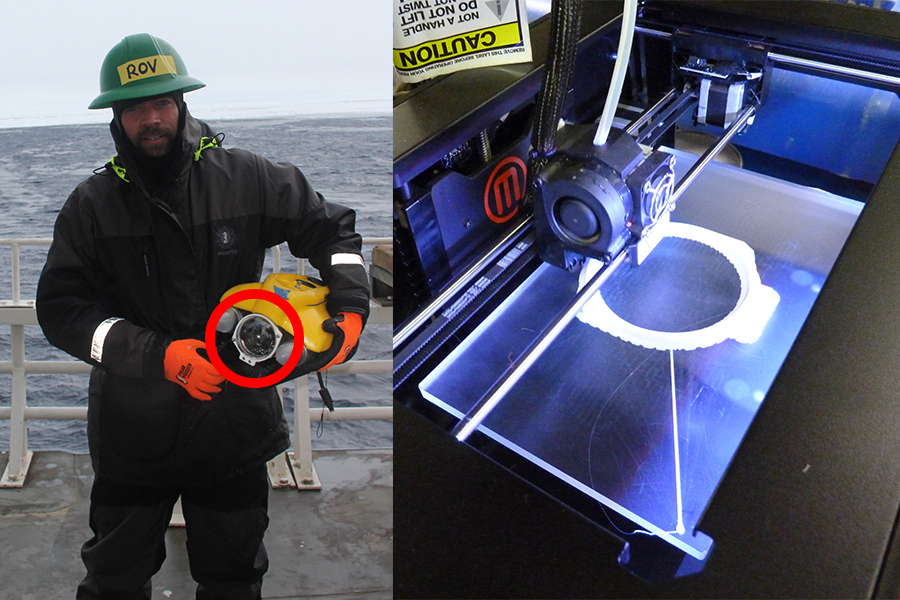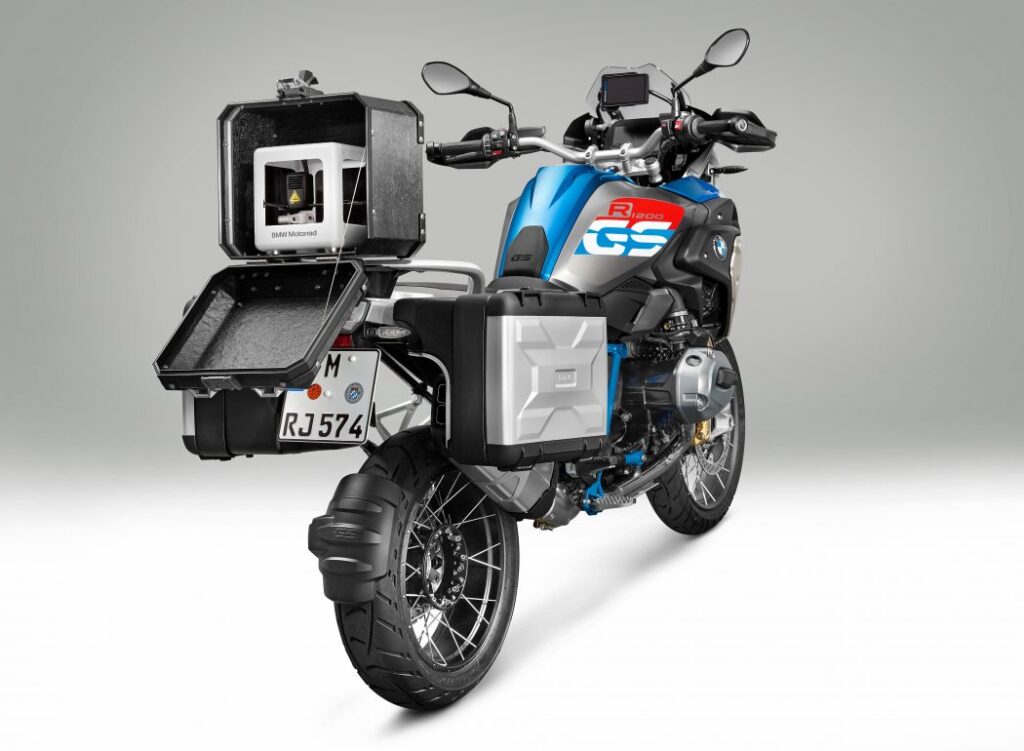
Editor's Note: This post was originally published on October 16, 2018, and is updated for accuracy and comprehensiveness.
Two years ago, Gomocha was honored to be a finalist for the NVSM Innovation Award, presented annually by the Dutch Association for Service Management for best innovation in field service management. But, unfortunately, Gomocha’s FMP360 didn’t take the top prize. Instead, the Innovation Award went to RDM Makerspace and Innovation Quarter, whose work explores the possibilities of 3D printing spare parts on ships or in ports. 3D printers for shipping companies and port operators will enable maintenance crews to print their replacement parts. Printing their parts will help avoid dangerous situations and eliminate downtime as they wait.

While it is disappointing not to win, the award to a company that makes such brilliant use of technology offsets that disappointment. Ever since hearing about 3D printing of replacement parts, I’ve followed advancements in 3D printing with an eye toward understanding if and when it may have relevance in the world of field service operations.
A Brief History of 3D Printing
Many remember the skepticism during the introduction of the Apple Watch and “earbuds.” They doubted these devices could allow users to communicate effectively through computers, phones, and tablets.
Similarly, many people are skeptical that printers can produce plastic and metal components. And, while 3D printing has moved from concept to reality – even for consumers – it did not happen overnight. 3D printing has been around for decades.
“Although 3D printing is often perceived to be a new technology, it has been in use for almost 30 years; as such it has found a wide range of applications to date, including the production of spare parts.”
Will 3D Printing Eliminate the Warehouse?
An article in Harvard Business Review refers to 3D printing as “additive manufacturing” and cites breakthroughs – faster and precise printer heads, faster powder-jetting systems, and electronics-embedding processes – that will speed the adoption of the technology for more-common uses. The author believes the technology is fulfilling its promise:
“A printer costing less than $1 million can replace a $20 million machine, making it feasible to have many smaller production sites and locate them closer to customers.”
Harvard Business Review
While 3D printing is far from wide adoption by consumers, advances in 3D metal printing indicate that scenario is not far off. Some examples of using the technology:
- HP is planning its first 3D printer, the Jet Fusion model, to print metal parts for manufacturers.
- GE is printing metal fuel nozzles for jet engines.
- Nike is printing metal cleats for shoes.
- Porsche and other companies are printing 3D parts for classic cars whose original component designs are unavailable.
- Online service provider Shapeways prints parts for high-end baby strollers.
- 3d2go.com offers on-demand 3D printing of everyday household items, such as appliance knobs, handles, and nozzles, as well as hard-to-find items, like replacement lens caps for cameras.
In the consumer arena, there is already activity in 3D printing on in-home printers. For example, digital designs for the small pieces that hold together “flat pack furniture” (such as is produced by IKEA) are free on Thingiverse.com. Consumers can download the designs and print components at home on low-end 3D printers.
Why Are So Many People Interested in 3D Printing?
For companies that need spare parts on hand to support equipment, 3D printing means reduced inventory costs. They won’t have to stockpile parts; instead, when a machine or device fails, they will create the replacement part on demand.
Printing parts on demand will also eliminate problems resulting from “built-in obsolescence.” For example, a replacement parts manager will no longer have to tell a customer that they can’t repair their HVAC because the parts are obsolete, forcing them to purchase a new HVAC unit. Instead, a field tech downloads a digital design of the failed-but-obsolete part and prints it on a 3D printer or at their warehouse. Fixing a problem equals happy customers.
While the concept is believable, the 3D printing of spare parts may not be universally available or understood by the public. So BMW spoofed its employees and the public on April Fool’s Day, and the joke went on for weeks. The company issued a press release on April 1, 2018, announcing the introduction of BMW Motorrad Parts. The new product would allow motorcycle-mounted 3D printers to create on-demand spare parts, with designs downloaded from the BMW iCloud. Neither BMW nor the world is quite there yet, but it’s not inconceivable that 3D printing will someday be that reliable and convenient.

What if Field Technicians Could Print Parts in Their Trucks?
Envision this scenario: Say your HVAC customer runs a healthcare facility in a large city. Those HVAC units must stay up and running 24/7 for the health and safety of patients and staff. What if your technicians are called to the facility, identify the failed part, and download digital design data from the manufacturer? What if, as a service and repair specialist, you could print the replacement part on the customer’s on-site printer and install it the same day? That would make the customer happy.
It may be hard to imagine, but what if technicians could print spare parts in their van at the customer’s location? No more time between identifying the problem, ordering, delivery, and installation. On-demand printing would increase efficiency, reduce costs, increase customer satisfaction, and be a competitive advantage.
While Gomocha cannot offer 3D printing, we can promise that the flexibility of FMP360 will help your organization adopt, manage, and support 3D replacement parts printing, should that scenario ever become a reality.
To experience the flexibility of FMP360, register for a demo, or download our whitepaper on the importance of flexibility in a mobile field service solution. And as always, we welcome your questions or comments. Call 240-403-6001 or email fmp360@gomocha.com.
